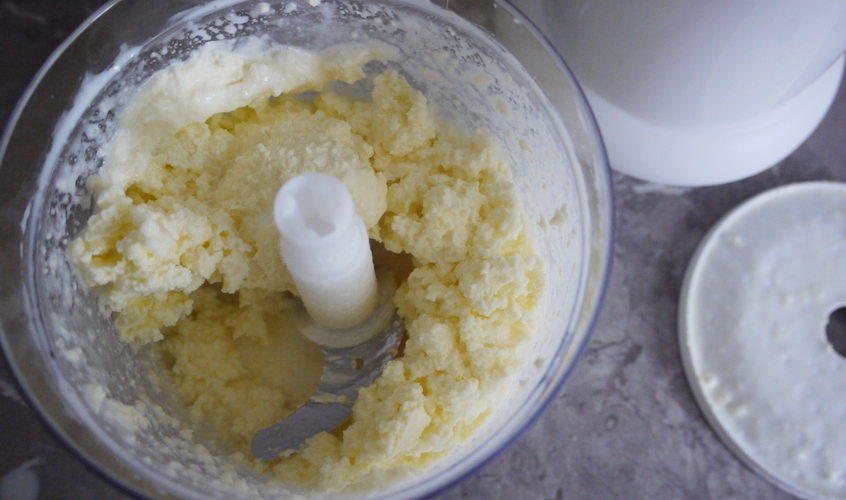Living Food

I never imagined my son would ever ask for red cabbage as a snack, but that’s how far we’ve come since starting the GAPS Nutritional Protocol. Sometimes, it’s been like steering a massive cruise ship with the tiniest rudder to perform a 360-degree turn, but it goes to show how much easier it becomes once there’s momentum.
One of the key differences I’ve had to learn is how to make and prepare living foods. I can remember reading research about those who displayed symptoms of autism, often having difficulties with specific amino acids and enzymes. Although my understanding of the root causes has developed since, there is still truth in that.
At the time, it felt like I needed to buy every available supplement on the market! However, most supplements are highly processed and can contain other additional extras that aren’t beneficial. There also isn’t enough research on the effects of using specific ones that might then cause an imbalance in the body and knock-on effects elsewhere. I wasn’t confident enough with that as a long-term solution. Thankfully, there is another way, although it requires patience.
When good food is prepared well, it can provide the body with the balanced approach it needs. Living foods are different from the convenient shop-bought foods that can be eaten straight away. Maybe that’s why they went out of fashion. But the reality is the body hasn’t changed during that time and still requires the right tools to function well. Enzymes, amino acids, probiotic bacteria, and other essential living organisms the body can utilise are all found in processes like fermentation, culturing, and cold-extraction. Sure, it does take a little longer to enjoy the fruits of my labour, but I can honestly say I haven’t looked back. And the ultimate irony of using these methods has actually been that I’ve spent less time in the kitchen!
When I first started preparing and eating these foods, I could literally feel my body breathe a sigh of relief. It was obvious how much easier digestion became, my mood improved after eating, and I didn’t find myself constantly thinking about the next sweet treat. My body was satisfied and content with the nutrients it had been given.
My son used to be caught in the cycles of the beige food addiction, and that is normally the case for most on the spectrum. Since changing his eating patterns to include living foods, digestion has improved, and the rigid routines are now less dominant. There is more spontaneity in his speech and behaviour, and he visibly looks more rested and happier in his own skin. It’s clear to me that living foods are an essential part of supporting the body.
If you’d like to learn more about fermentation, I suggest reading The Art Of Fermentation by Sandor Ellix Katz, and to know more about the GAPS Nutritional Protocol by Dr. Natasha Campbell-McBride for autism, I would recommend reading the Gut And Psychology Syndrome. Happy eating…
